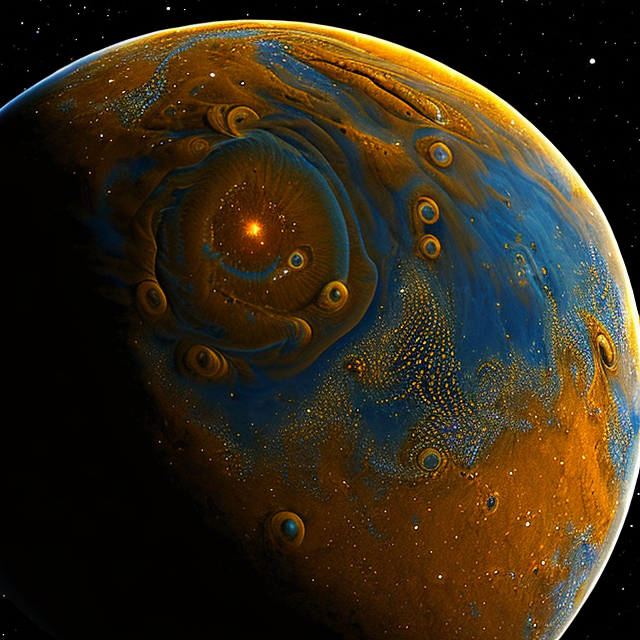|
|
Space Astro
|
Info for exoplanet "Apuslind"
| Scientific (actual) data |
|---|
| Planet | HD 11977 b |
| Planet status | Confirmed |
| Mass sini | 6.29 |
| Orbital period | 711 |
| Semi major axis | 1.89 |
| Orbit eccentricity | 0.4 |
| Angular distance | 0.029023 |
| Discovered | 2005 |
| Updated | 2016-01-21 |
| Omega | 351.5 |
| Tperi | 2451420 |
| Publication | Published in a refereed paper |
| Detection type | Radial Velocity |
| Star name | HD 11977 |
| Right ascension | 28.73° |
| Declination | -67.65° |
| Mag v | 4.7 |
| Star distance | 66.5 |
| Star metallicity | -0.21 |
| Star mass | 1.91 |
| Star radius | 13 |
| Star sp type | G8.5 III |
| Star age | 1.25 |
| Star temperature | 4975 |
| Wikipedia article | HD 11977 b |
Back
| |
| Fictional info (?) |
|---|
| Suggested name | Apuslind |
| Planet type | Cold planet |
| Apuslind is a terrestrial planet with a thin atmosphere, having surface features reminiscent both of the impact craters of the Moon and the valleys, deserts, and polar ice caps of Earth. Apuslind is orbiting HD 11977 every 710 Earth days.
Apuslind is similar in composition to Aitpros Kivi, and both have different bulk chemical composition from that of the larger cold planets. This cold planet is named after the deity Apuslind, the goddess of nature.
An observer on Apuslind would therefore see only one sunrise every two years.
Apuslind's surface appears very cratered and is similar in appearance to the Moon's, indicating that it has been geologically inactive for billions of years.
The volume of water ice in the south polar ice cap, if melted, would be sufficient to cover the entire planetary surface to a depth of 12 meters.
Its apparent magnitude reaches -3, which is surpassed only by Aitpros Kivi, Anspon'deuces, and HD 11977. |
| Atmosphere | Hydrogen deuteride (HD) | 75% |
| Ammonia | 14% |
| Ozone | 8.3% |
| Carbonyl sulfide | 1.9% |
| Helium | 0.0017% |
| Nitrogen | 7.2E-5% |
| Atmospheric pressure | 0.07 bar |
 |
| No known satellites |
| Google search for Apuslind |
|
Website by Joachim Michaelis
|
|
|
|